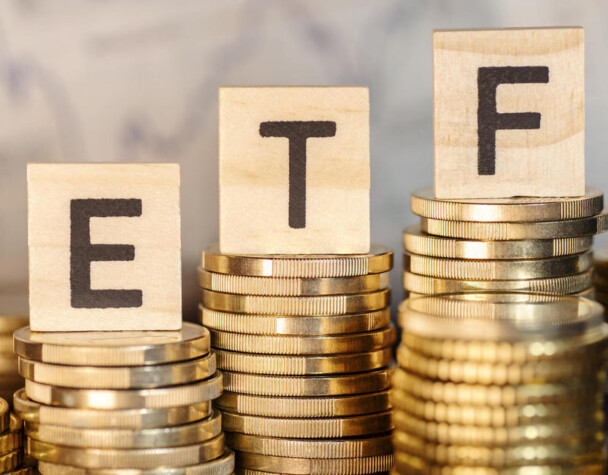
International Funds Surge as Leveraged ETFs Face Volatility
Fri, March 28, 2025International ETFs Gain Momentum Despite Tariff Worries
The global ETF market is witnessing significant shifts as investors react to recent geopolitical developments and economic policies. One of the most notable moves comes as U.S. tariffs on imported automobiles and parts are set to take effect on April 3, 2025, with a 25% levy. Despite this, investors are increasingly turning to international ETFs, particularly those focused on European markets.
According to recent data, U.S.-listed ETFs with exposure to developed European equities have attracted roughly $4.9 billion in the past month, and around $6.4 billion year-to-date. One prime example is the SPDR Euro STOXX 50 ETF, which has surged by 14.8% this year as investors flock to European defense and industrial companies amid rising geopolitical tensions. This shift indicates a growing appetite for international diversification, driven partly by concerns over the economic impact of tariffs.
Market analysts suggest that investors are prioritizing ETFs that align with global macroeconomic stability, especially in regions that are less exposed to U.S. domestic policies. For more insights on how global economic factors influence ETFs, check out this analysis by ETF.com.
Leveraged and Thematic ETFs Face Challenges
While international ETFs are gaining traction, leveraged ETFs are facing turbulent times. These funds, designed to amplify daily market movements, have seen a sharp decline in recent weeks. Single-stock leveraged ETFs tied to high-profile companies such as MicroStrategy and Tesla have plummeted by 83% and 80%, respectively, from their November 2024 highs.
This significant downturn highlights the inherent risks associated with leveraged products, particularly during periods of heightened volatility. Despite witnessing a 51% surge in assets under management (AUM) to $134 billion in 2024, many investors are reassessing their exposure to these high-risk instruments.
At the same time, thematic and faith-based ETFs are drawing renewed attention from investors looking to align their portfolios with specific ethical or value-based principles. One standout example is the Inspire 100 ETF, which is part of a growing trend of faith-driven investments. Assets under management in this niche grew by 14% over the past 15 months, reaching $100 billion by mid-2024. This movement reflects a desire among retail and institutional investors to support values-based initiatives while navigating market turbulence.
In Australia, the ETF market is set to exceed $300 billion in assets under management by the end of 2025, following record inflows of $33.49 billion in 2024. This growth highlights the global appeal of ETFs as flexible, cost-effective investment vehicles. For a deeper understanding of the Australian ETF landscape, see the latest insights from The Australian Financial Review.
Investors are advised to monitor geopolitical developments and the performance of both international and leveraged ETFs as the market continues to adapt to economic shifts. As always, diversification and risk management remain key to navigating the evolving ETF landscape.

